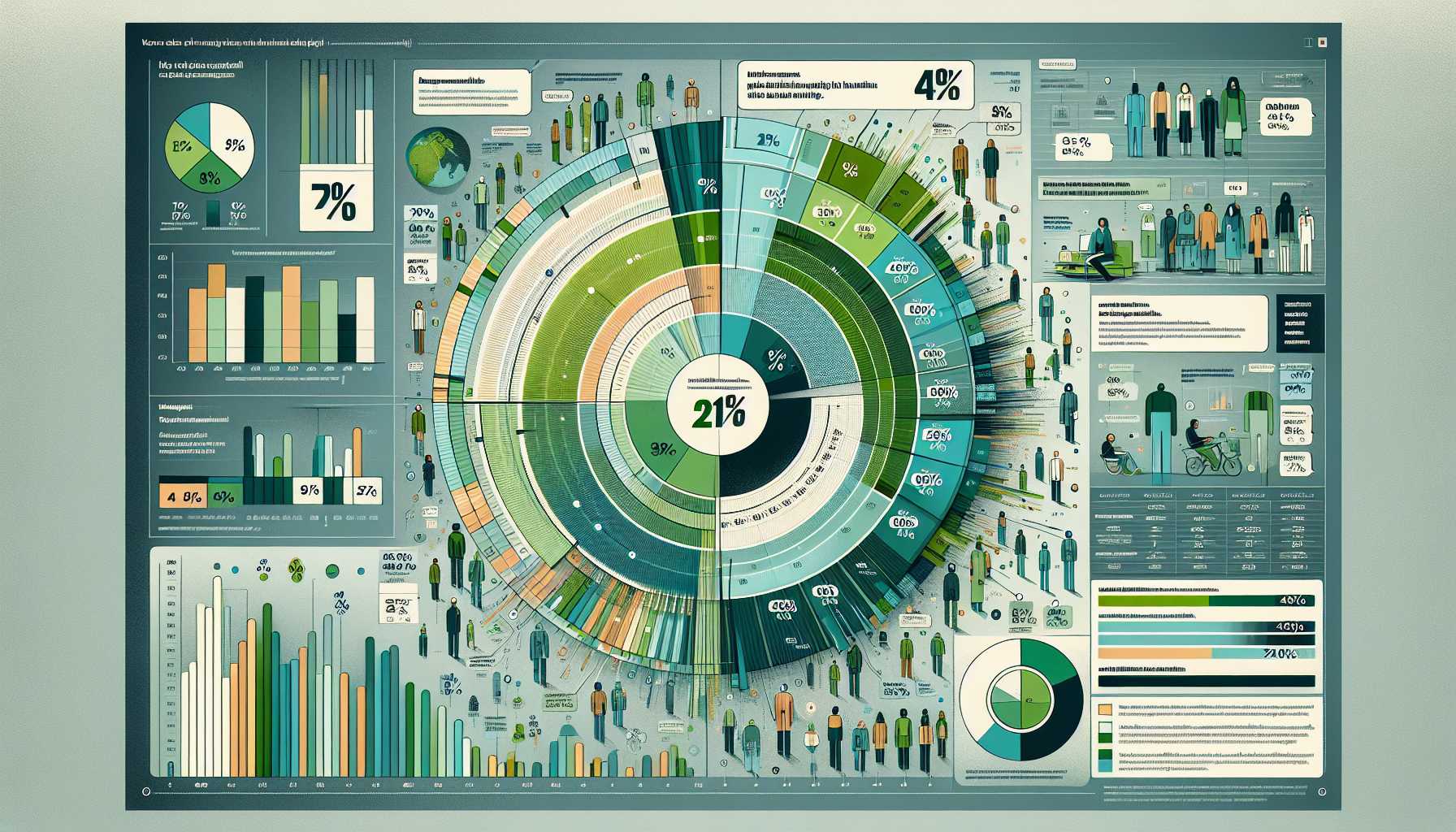The Digital Divide in South Africa
The internet has become an integral part of our lives. We use it to stay connected with friends and family, to learn new things, to shop, and to be entertained. But what about those who don’t have access to the internet?
In South Africa, there is a significant digital divide. According to a 2021 study by the South African Department of Communications and Digital Technologies, 56% of South Africans have never used the internet. This means that more than half of the population is missing out on the benefits that the internet has to offer.
Factors Contributing to the Digital Divide
There are a number of factors that contribute to the digital divide in South Africa. These include:
- Poverty: Many South Africans simply cannot afford to purchase a computer or smartphone.
- Lack of infrastructure: In some rural areas, there is no internet infrastructure available.
- Lack of education: Many South Africans do not have the skills or knowledge to use the internet.
Consequences of the Digital Divide
The digital divide has a number of negative consequences for South Africa. It limits people’s access to information and education, and it makes it difficult for them to participate in the digital economy.
Addressing the Digital Divide
There are a number of things that can be done to address the digital divide in South Africa. These include:
- Investing in infrastructure: The government needs to invest in expanding internet infrastructure to rural areas.
- Providing affordable devices: The government and private sector need to work together to make computers and smartphones more affordable for low-income South Africans.
- Providing digital literacy training: The government and non-profit organizations need to provide digital literacy training to help South Africans develop the skills they need to use the internet.
By addressing the digital divide, we can help to create a more inclusive and equitable society in South Africa.

